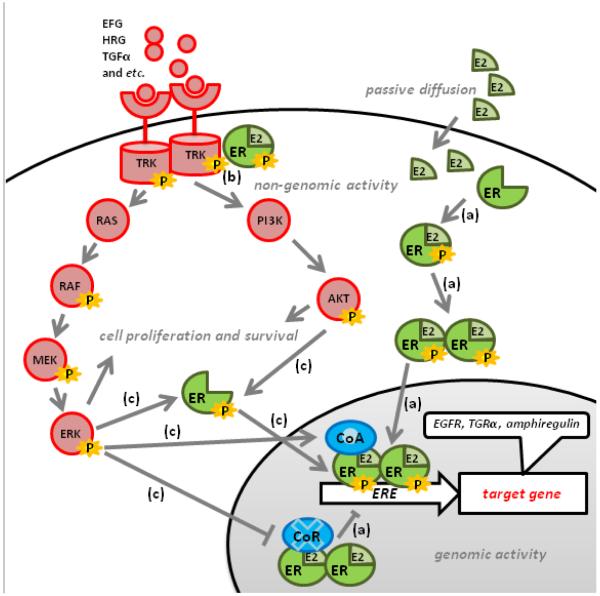Fig. 1. The signaling crosstalk between ERα and HER2 in HR+ HER2+ breast cancer.
(a) ERα binds to estrogen and gets activated in the cytoplasm. After activation, ERαs dimerize and are translocated into the nucleus, where they bind to the estrogen response element (ERE) on ERα target genes. The recruitment of coactivators (CoA) and corepressors (CoR) to ERα facilitates the transcriptional activity of ERα. The activated ERα induces the expression of growth factor receptor ligands, such as TGFα and amphiregulin, and membrane tyrosine receptor kinases (e.g., HER1 and HER2) to augment the activity of the HER2 signaling pathway. (b) The non-genomic action of ERα occurs transiently outside the nucleus. The estrogen-activated ERα in the plasma membrane and/or cytosol can interact with and activate HER2, and subsequently activate a downstream signaling cascade. In addition, the overexpression of HER2 sequesters ERα in the cytosol, which augments the non-genomic activity of ERα. (c)The downstream signaling output of the HER pathway diverges into two major signaling axes: PI3K/AKT (AKT signaling module) and RAS/RAF/MEK/ERK (MAPK signaling module). These two signaling pathways are involved in cell proliferation and survival. The activation of the AKT and MAPK signaling modules phosphorylates and activates ERα. Furthermore, the activation of ERK can enhance the function of CoAs (e.g., AIB1) but diminish the function of CoRs (e.g., SMRT).

